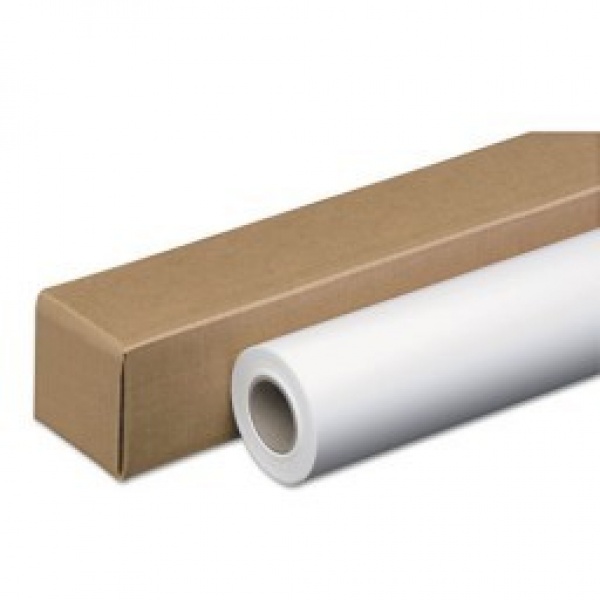Large Format Paper Tips from Printing Experts
After buying your new printer, it’s important to make sure you get the right paper for it, and take good care of it! Here are Design Supply’s Large Format Paper tips!
Storage
The biggest mistake we see is people storing their paper horizontally. Doing this can cause the roll to bend in on itself, as the weight of the top pushes on the bottom. Storing them upright keeps them in perfect condition.
If you want the best results from your paper, handle it like you would a CD or a vinyl record. Hold it by the ends and don’t touch the centre! Any mark or scratch could make your poster unsalable.
The best condition for your paper is between 20 and 24ºC, or 68-75 Fahrenheit, and a humidity of between 45 and 55%. Any more than this can damage your paper.
Why is this?
Paper has a tendency to absorb moisture, which is why it’s used for things like kitchen towels. So the environment affects the weight, thickness and rigidity of the paper.
If it’s too hot, the moisture in the paper can evaporate, causing multiple sheets to feed in at the same time.
If it’s too humid, the paper could distort.
If it’s too dry, you might end up with streaks and smudges when printing.
Using the best large format paper for the task
Heavier papers are more durable, and therefore last longer. They can also be set with more ink, giving you greater clarity and vibrancy. However, they are more expensive.
Use our Design Supply paper finder here to get the best paper for your application.
One of our favourite large format paper tips is how to avoid having a border when printing A1 documents.
When printing A1 prints on an A1 printer using a roll, usually, the printer will rotate your image so that it fits onto the standard 610mm paper, but this comes with white margins at the sides.
However, using a 594mm paper roll will give you the perfect dimensions you need, and avoid having to use a guillotine on your prints and posters.
Avoiding Curling
An issue for many brands of printer is that sometimes the paper being used can be tightly wound. Toward the end of a roll the paper may have a lot of curl or ‘memory’, causing it to be raised slightly when it moves under the printhead. This can cause head strikes, where the print head scuffs the top of the paper whilst printing, creating unwanted marks on the print and making it unsalable.
Canon imagePROGRAF printers automatically adjust the head height based on the paper type selected and use suction to keep the paper as flat as possible while printing, However, if you have a particularly challenging roll of media, you can manually change the head height and/or vacuum strength via the control panel. This is an incredibly quick and simple process that can easily be carried out by even a novice operator, so there’s no waiting for an expensive technician or time and materials wasted.
Want to know more about what’s best for your business? Get in touch with Design Supply today!
SALES TEAM 020 7842 1555
EMAIL sales@designsupply.co.uk



